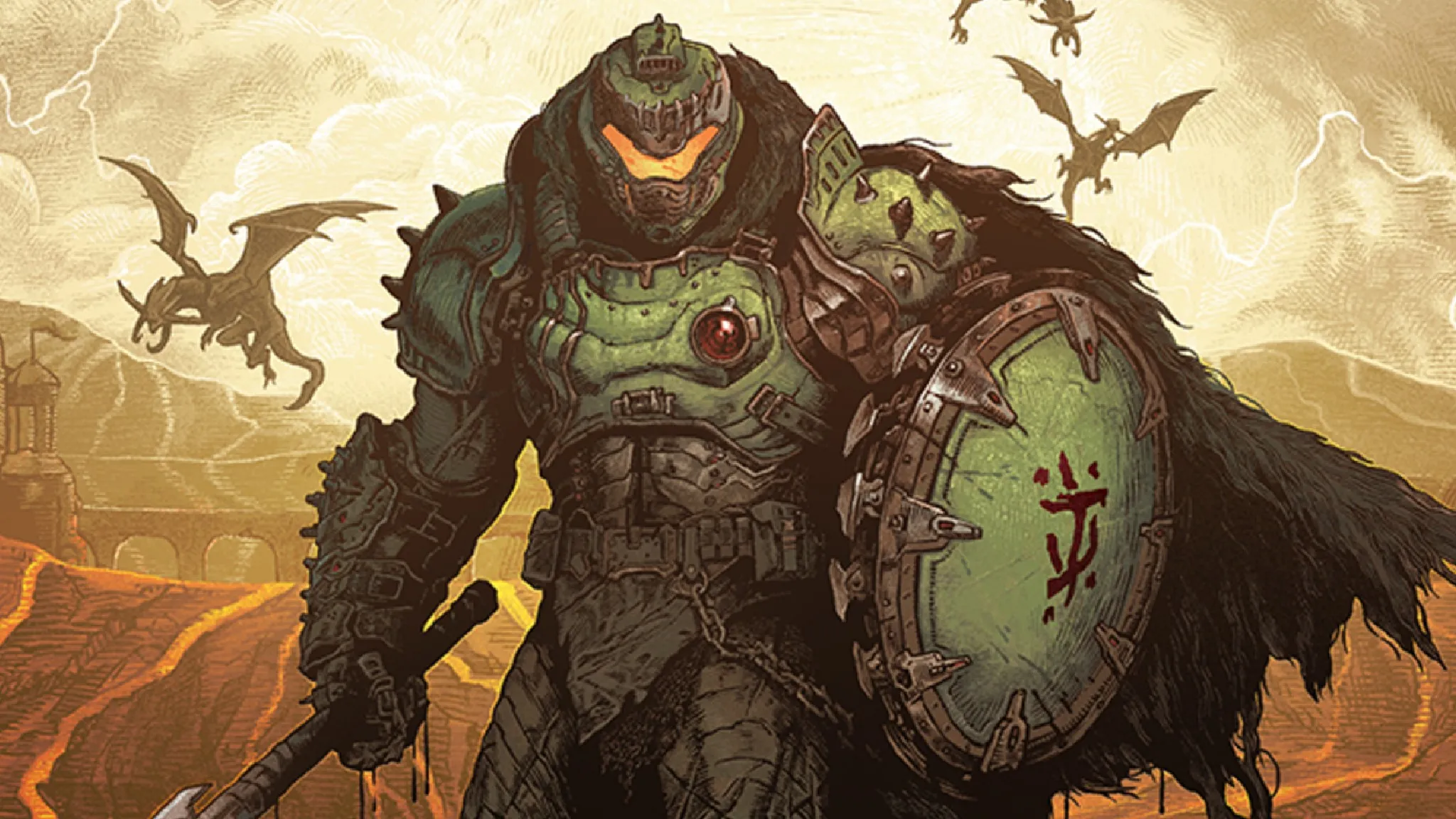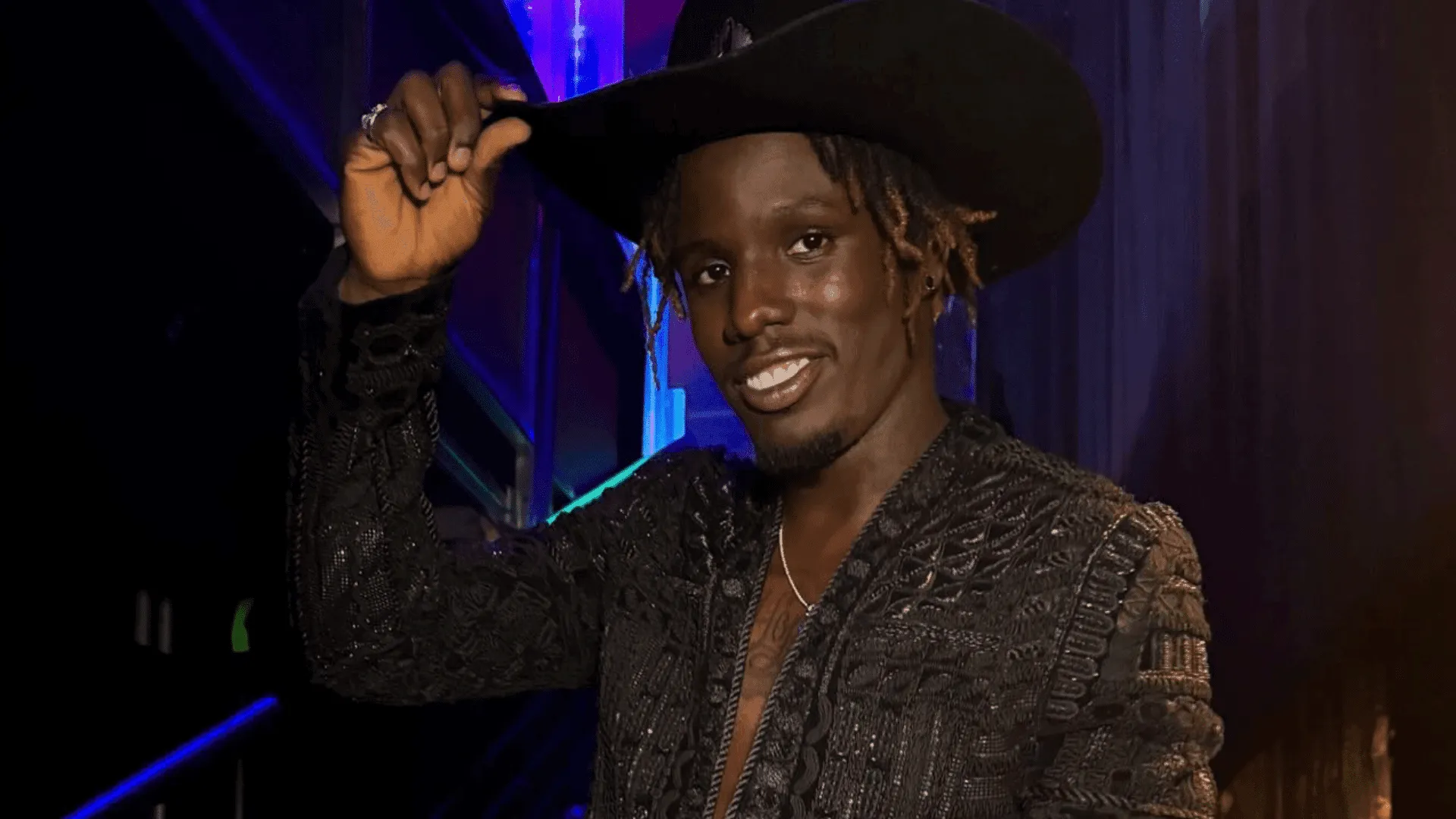Democrats’ ‘Choose Your Fighter’ TikTok Sparks Viral Backlash!
In a bid to connect with younger voters, a recent TikTok video featuring female House Democrats participating in a “choose your fighter” trend has gone viral—but not in the way they intended. The video, which aimed to empower women, has instead drawn significant backlash, leading to widespread ridicule and criticism across social media platforms. With many calling the effort “cringe” and outdated, this incident raises important questions about the effectiveness of such social media strategies in political outreach.
The TikTok video was released by a group of Democratic Congresswomen, including prominent figures like Alexandria Ocasio-Cortez (AOC), in an effort to engage a demographic that has often been seen as apathetic toward traditional political messaging. The “choose your fighter” trend, which gained popularity on TikTok approximately three years ago, was intended to resonate with younger audiences by presenting a playful and relatable format. However, the execution has sparked a wave of mockery, with critics labeling it as out of touch.
Prominent voices from various quarters have joined the chorus of disapproval. Notably, members of the White House have publicly mocked the video, further amplifying its viral nature. Conservative commentators and social media users have taken to platforms like Twitter and Instagram to express their disdain, leading to a flood of memes and jokes that underscore the video’s perceived shortcomings.
One social media user quipped, “When you try to be relevant but end up being a meme instead,” capturing the sentiment of many who viewed the video. The backlash has not only highlighted the disconnect between the Democratic Party and younger voters but has also prompted discussions about the broader implications of using viral trends for serious political messaging.
The intention behind the video was clear: to empower women and encourage political engagement among younger audiences. However, the outcome has sparked discussions about whether such strategies are effective or merely a recipe for ridicule. Critics argue that the Democrats missed the mark, suggesting that the party needs to rethink its approach to engaging with younger constituents.
This incident reflects a growing trend in political communication, where the line between serious messaging and entertainment can become blurred. As political parties increasingly turn to social media platforms for outreach, they must navigate the risks associated with leveraging viral trends. The backlash against the “choose your fighter” video serves as a cautionary tale about the potential pitfalls of trying to be trendy in a rapidly changing digital landscape.
Moreover, the reaction to the video has raised questions about the challenges Democrats face in connecting with younger audiences. Despite their efforts to use platforms like TikTok, the response indicates that many young voters may not find these attempts authentic or relatable. As political communication evolves, the need for genuine engagement becomes increasingly paramount.
In conclusion, the viral backlash against the Democrats’ “choose your fighter” TikTok video serves as a reminder of the complexities involved in modern political outreach. While the intent was to empower and engage, the execution has led to ridicule and criticism, highlighting the challenges political parties face in connecting with younger voters. As the landscape of political communication continues to evolve, the need for authenticity and relatability will only grow more critical.
As the Democratic Party reflects on this incident, it may be time to reconsider its approach to social media engagement, ensuring that future efforts resonate more genuinely with the audiences they aim to reach.






Leave a Comment